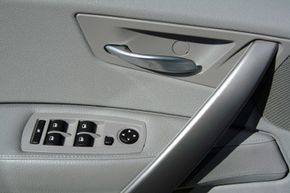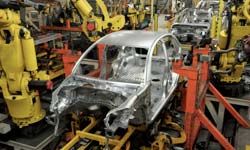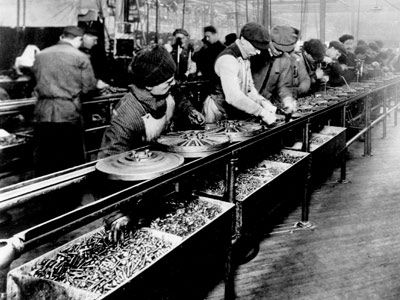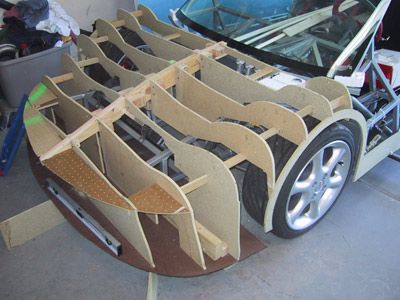Automotive manufacturing consists of many steps of production, including building and attaching parts of the vehicle during the assembly-line process. Interior car panel installation is just one of the steps, and it can include of a mix of human and robotic interaction to do the job right.
Interior car panels are more than just a covering for the inside of the door -- they have important functions like protecting the window when it's rolled down and covering electrical wiring and motors for windows and door locks. They serve as a barrier between occupants and the outside elements and are also engineered to reduce the amount of road noise an occupant hears.
Advertisement
In the past, installation of the interior door panels was done completely by people on the assembly line; now, robots are integrated into the auto manufacturing line, including the interior panel installation. Interior door panels ride down an assembly line and are fitted onto the exterior vehicle door by a set of fasteners; including plastic clips or adhesives [Source: Assembly Magazine]. The clips or adhesives attach the interior car panel to the exterior part of the door and form one complete door. Plastic clips allow autoworkers and vehicle owners to easily access the area behind the panel for window maintenance or electrical work after installation.
Depending on the manufacturer, part of the door may be assembled offsite and then added to the assembly line, or it may be assembled completely in the plant. The interior panels may be composed of several interior panel pieces that are connected to the metal frame of the door, or they may be one single piece. Multiple pieces allow for interior panels to be installed with consumer or manufacturer specifications or features.
On the next page, we'll learn about some different types of interior car panels.
Advertisement



